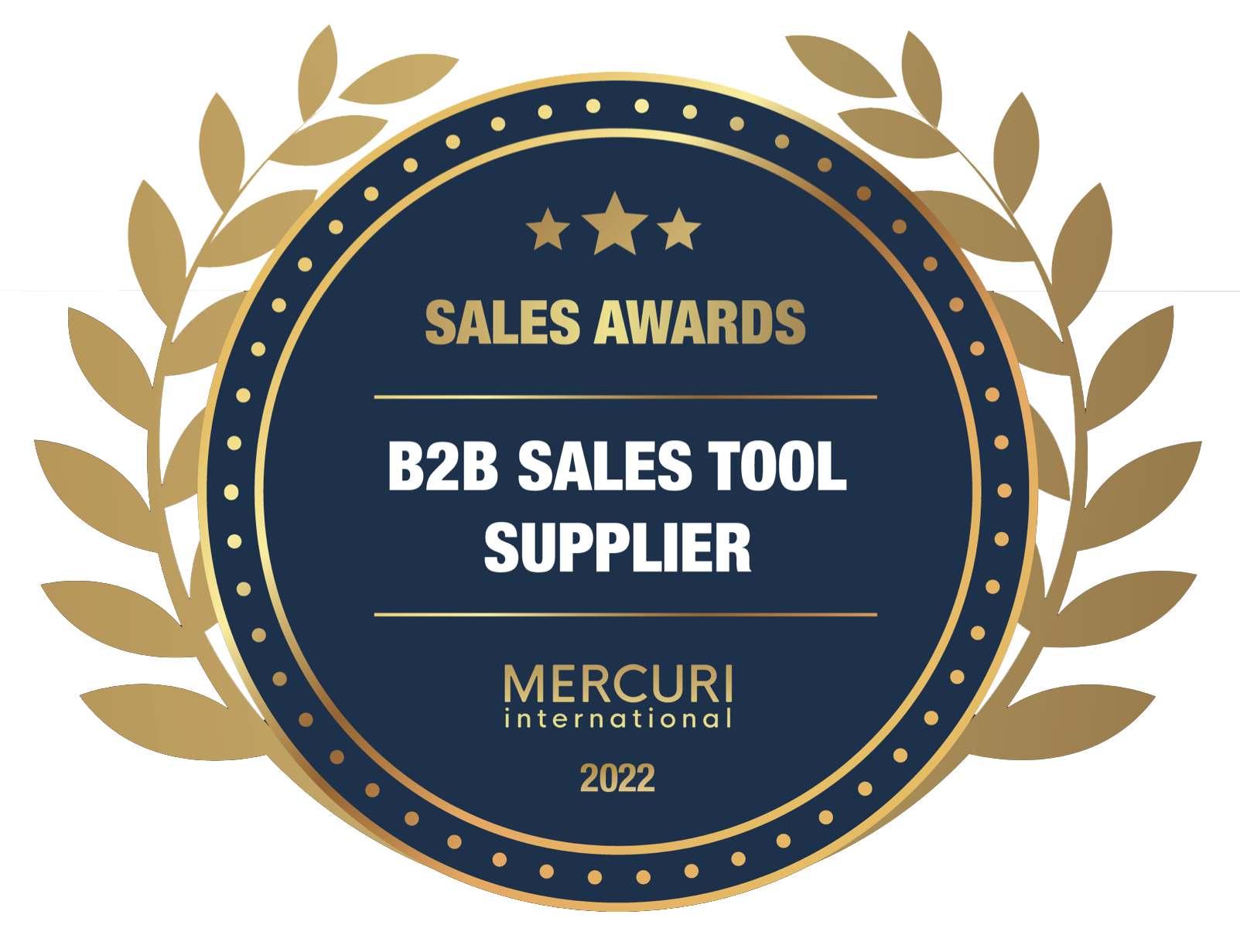While short-term solutions can certainly do some good for the engagement levels in the organisation, you will probably need a more comprehensive strategy to execute over time. A strategy that is as well thought-out as it is put into practice, and that the second part of our series will talk about.
According to Gallup “making a difference in the long run means investing in your employee engagement strategy as a core aspect of your human capital strategy”. Real, sustainable engagement is, in other words, a long process that needs to be given the proper focus and attention. As opposed to a one-off, miracle solution that will solve engagement issues now and forever.
It’s a journey, really, and one that can beneficially be facilitated by:
Choosing the right managers – and helping them develop
First of all, it’s important to develop managers continuously – to make sure they can perform at their very best and know how to listen and coach the individual members of their teams.
That said, we need to remember that we’re thinking ahead, here. That we’re building a dream team that will act as a foundation for the future, and that we need to choose the team members carefully to make said foundation as strong as it can possibly be. I.e. when choosing new managers, we need to do so with said foundation in mind – looking for people who are actually great at leading other people, as opposed to just grabbing whoever is next in line.
Sounds reasonable, right? After all, managers do “account for 70% of the variance in team engagement”. Not to mention that, in the best of worlds, they can be role model and ambassadors, who live the purpose and values that define the organisation. Which makes it pretty obvious that said managers should be chosen for the right reasons, and that the aforementioned dreamteam should be (1) chosen with care, and (2) given the support necessary to develop and become even more capable.
Considering the culture
While awesome managers do drive engagement, they’re not everything. Instead, there needs to be a strong, top-down strategy for human capital – a strategy where supporting engagement and its role in the overall culture has a clear place, and that is then executed on with dedication and care. The importance of which is, of course, super-substantial, especially so if we consider that executions that aren’t quite up to snuff cause more than 2/3 of strategies to fall.
The key is to make engagement a fundamental part of the long-term journey toward that dream destination, and working actively to have said engagement be engrained in the culture itself. Or, as Gallup explains it:
“The best workplace leaders build their “how things get done around here” with a keen eye for employee engagement and employee development that is predicated on a strong foundation of purpose.”
Which sounds like good advice to us, and that can form a solid mantra for how to think about employee engagement moving forward. Where the immediate actions are in line with the long-term strategies, and work toward the result you’re after. Namely, engagement levels that shoots right through the roof and then stays there. Tomorrow, as well as five years from now.
Sources: https://www.gallup.com/workplace/308780/employee-engagement-program-isn-working.aspx



